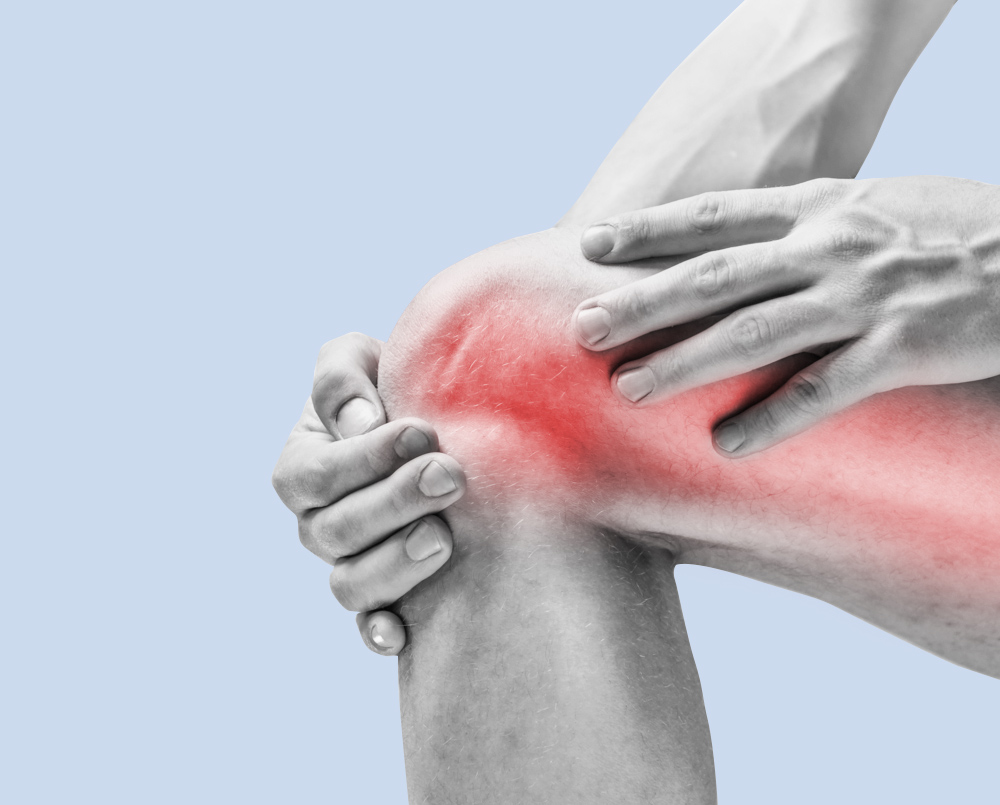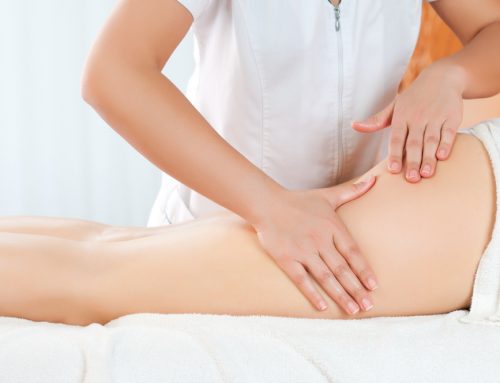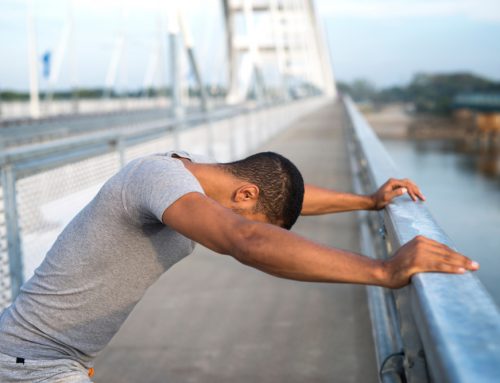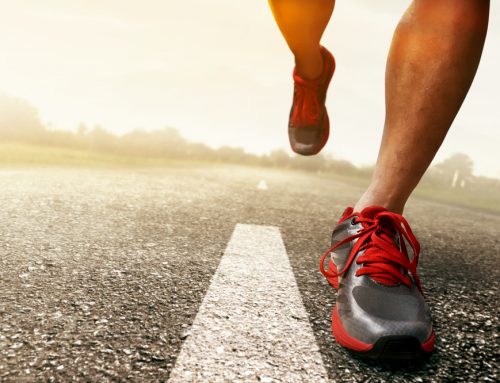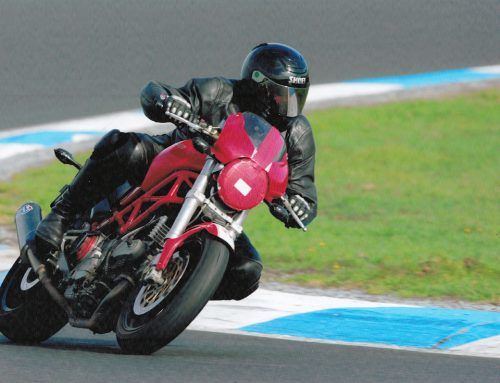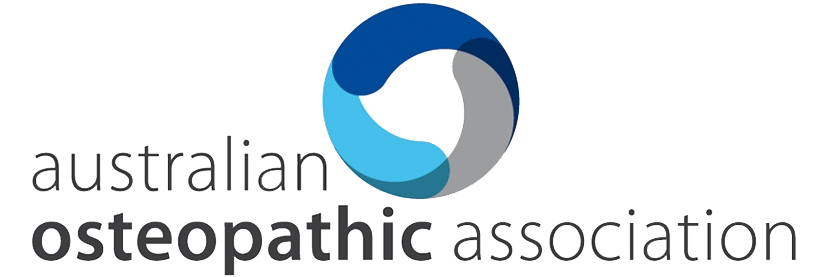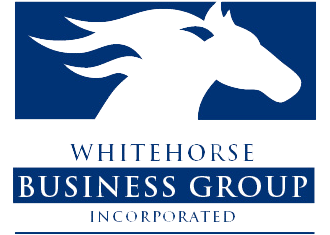You know that you have a problem when
- You have knee pain or ache.
- You have pain on the side of your hip or thigh.
- The pain seems to come on suddenly for no apparent reason.
- It seems to have been coming and going for aa long time.
What I do
- I like to hear what you have been up to prior to the injury becoming an issue.
- Run various movement tests.
- Feel the muscle tension above and below the area. This includes:
- The side of the thigh
- The front, back and inside of the thigh
- The knee
- The hip
- The back
- The ankle
- Once it is confirmed that you are indeed suffering an ITB problem, very often my work involves loosening the ITB and its various attachment points. This includes the muscle on the front of the thigh including the Vastus Lateralis (a part of the quadriceps group), the biceps femoris (a part of the hamstring group), the tensor fascia lata and the gluteus medius muscle. The last two are way up towards the side of your hip.
- I tend to work with the muscles. Getting a feel for the amount of pressure that is bearable, but not so much as to back you feel like we are having a wrestling match. It is like I am working with empathy for how the muscles are responding. To me this is the most rapid way to affect the muscles. The aim being to achieve the best release of tension with least amounts of side effects. E.g. the least amount of soreness the following day, so that you can carry on as best you can.
- Usually, it is only after you have received work to these muscles that they have enough “give” or elasticity to be able to respond to your own stretches.
What you will feel and be able to do. - As the pressure around the knee is released you’ll be able to:
- Walk and run again without pain.
- Squat more comfortably
- Lie in bed with less knee and hip ache.
ITB issues don’t always cause pain in the area where the muscle tension is. More often than not it emerges as a type of knee pain. If you are having doubts about the cause of your knee pain, please get in contact to get the ball rolling again.
